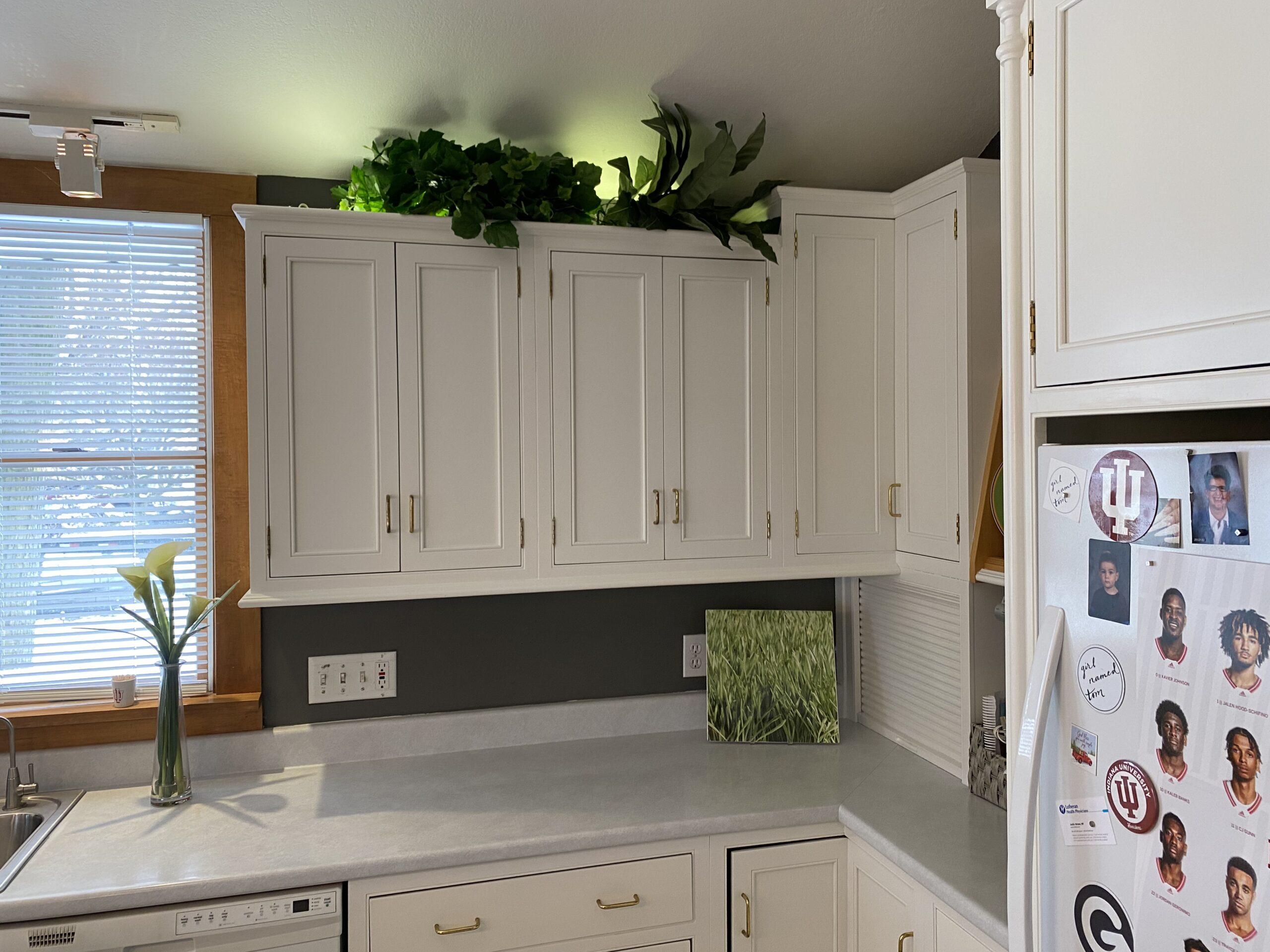The color of your walls can dramatically transform the feel of your home. A fresh coat of white paint is a classic choice that brings a sense of cleanliness, freshness, and space. However, painting your home white comes with its own unique set of challenges. Let’s delve into the dos and don’ts of painting your home white, to help you avoid common pitfalls and maximize the potential of this timeless color.
The Influence of White
A white palette subtly sets the tone for your interior design. In conjunction with lighting, furniture, accents, and artwork, white paint can guide a room’s ambiance, making it anything from charmingly cozy to brilliantly minimalist.
True White vs. Off-White: Making the Right Choice
Choosing the right white might seem simple, but there are countless variations to consider. The fundamental question to ask yourself is: do you prefer a true white or an off-white? True white is pure, without visible undertones, while off-white carries undertones of other colors, such as gray, yellow, pink, or blue. Remember, a true white is unforgiving and will expose any imperfections on your walls.
Sampling Your Colors
Sampling your color options at home on the walls you’ll be painting is a crucial step in the process. Observe how the paint appears in daylight and in the evening, as a color’s tones can change drastically under different lighting conditions. You can’t rely solely on small paint chips from the store; it’s worth investing in sample pots to get a clear picture of how the color will look on your walls.
Diversify Your Paint Finishes
You might notice traditional spaces often pair off-white walls with bright white trim, moldings, ceilings, and doors. However, you’re not limited to this approach. You can use the same shade for a room’s walls, trim, and ceilings, creating contrast points and visual interest through different paint finishes. Remember to use a flat finish on ceilings, satin or semi-gloss on trim, and most commonly, flat finish on walls.
Invest in High-Quality Tools
Quality paint tools are essential for the best paint application. Low-quality rollers may shed fuzz and lint, which can stick to your walls, spoiling the smooth finish you’re aiming for. And don’t forget to clean your surfaces before you start painting. Any dust or grime on your walls will create unsightly texture under your fresh paint.
The Importance of Primer and Adequate Coats of Paint
While it can be tempting to skip the primer, real experts recommend against it. An even coat of primer ensures the paint adheres better to the surface, giving a more uniform color output. Follow this with two coats of paint for a flawless finish. Especially with white, any shortcuts you take may lead to visible imperfections on your walls.
Why Hiring a Professional Can Save You Headaches
If all of this seems overwhelming, hiring a professional painter may be the best option for you. A professional can guide you through the process, making sure the job is done correctly the first time, saving you both time and money. At ReColor by Delagrange, our team of experienced professionals are here to help you bring your vision to life.
White can transform your home into a serene, tranquil space. Armed with these tips, you’re well-prepared to make informed decisions about painting your home white. Remember, while DIY projects can be rewarding, there’s no substitute for the expertise of a professional when it comes to achieving the best results.
